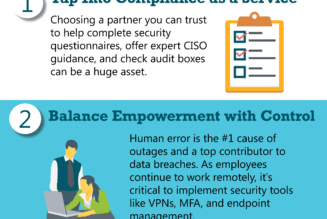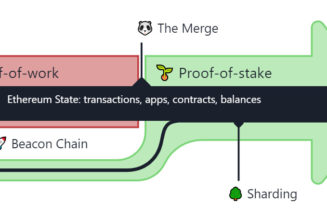Midway through June, American citizens thought the country was experiencing the world’s biggest-ever distributed denial of service (DDoS) attack, which seemed to be taking down internet service providers, social media platforms, and online services from gaming to banking.
It very quickly turned out that no such attack was underway at all, as reported by Forbes, but the most interesting point was that so many citizens in the world’s most technology-enabled Western country believed the story so quickly.
“A DDoS attack is a malicious attempt to disrupt the normal traffic of a targeted server, service or network by overwhelming the target or its surrounding infrastructure with a flood of internet traffic,” explains Risna Steenkamp, General Manager: ESM at value-added distributor Networks Unlimited Africa.
“The story also highlights some of the greatest fears of IT security managers,” she continues. “The idea that a DDoS attack had taken down major American mobile carriers and internet providers, social media companies, streaming services, games services, banks and browsers, all at the same time, is the stuff of nightmares for both consumers and IT support staff.
“Huge names like AT&T, Spectrum, Netflix, Facebook, Instagram, Snapchat, Twitter, Fortnite, Playstation Network, Roblox, Bank of America, Google and Zoom were all briefly on the radar in the US as being under attack by a supposed DDoS attack. It all turned out to be fake news and hysteria spread on social media, and based on just one outage, that of mobile telecommunications company T-Mobile, which was not a DDoS attack. However, it reminds us that there are lessons to be learned, including to be wary of fake news in the first place.”
A majority of the world’s internet service providers, along with data centre and large network operators, rely on NETSCOUT Arbor solutions for advanced DDoS protection.
Steenkamp continues, “NETSCOUT recently released Arbor Sightline with Sentinel to deliver the next generation of DDoS visibility and protection for service providers and large enterprises. As networks evolve, operators must be able to mitigate DDoS attacks at the network’s edge with visibility, speed and accuracy. The ongoing evolution of DDoS protection is necessary because threat actors are continually evolving their own strategies and technologies. However, the tremendous growth of IoT-enabled botnets in recent years is just one of the challenges being faced.”
“New technologies like 5G are also going to make planning DDoS mitigation more difficult. The answer is going to lie in always-on, automated solutions that offer Layer 7 visibility and protection.”
Combining core Arbor NETWORKS and NETSCOUT Layer 7 technologies with intelligent analytics, machine learning and automation, Sightline with Sentinel integrates network infrastructure defence functions into an even more powerful capability that, additionally, delivers greater protection for network, customer and application services at a lower cost.
NETSCOUT is also the first to deliver inter-provider signalling to give ISPs and large network operators the means to coordinate their attack response. Sightline with Sentinel provides orchestrated mitigation that allows the network to play an active role as a defence shield to block threats closer to the network’s edge.
Smart visibility: ISPs need visibility at the network, application and services layers. Using Layer 7 visibility, Sightline with Sentinel will provide ISPs with a deep understanding of the services their customers use, as well as allowing them to detect a broader range of application-layer threats.
Inter-provider signalling: Through inter-provider signalling, Sightline with Sentinel allows ISPs and large network operators, regionally and across the globe, to share their attack data and proactively coordinate defences against DDoS attacks, stopping them nearer to their source.
Smart protection: Sightline with Sentinel uses smart visibility to drive new intelligent automated analytics and mitigation functions, inside and outside the network, to reduce the cost of managing DDoS attacks.
Staff writer










